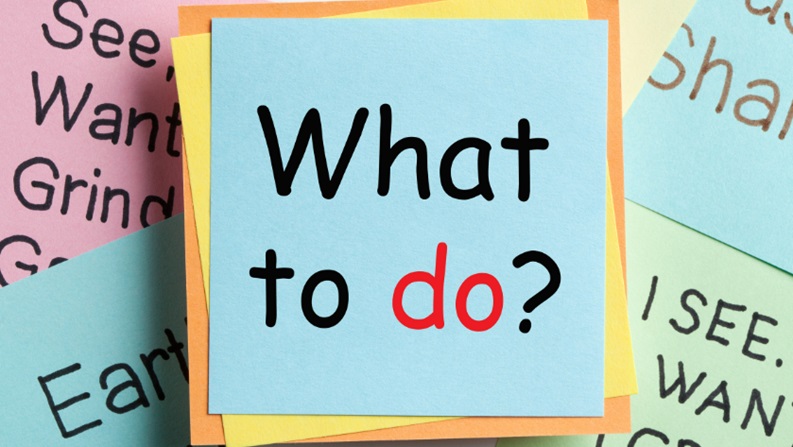How learning to write an outstanding creative brief will help you and your company
Marketing can be very free and flowing, but all that innovation still requires a plan with clear goals. After all, creative work needs to serve a purpose, hit the targets, and bring firms results.
There are, of course, circumstances where the full brief may not be necessary—a simple banner resize or perhaps an add-on to a project that’s been vetted. However, in the majority of cases, starting a project without a brief is like flying blind. Nowadays, with marketing departments producing high volumes of collateral and needing to be as agile as realistically possible in their deliveries, it’s key that the process remains as efficient as possible. And this starts with a well-written brief.
Why creative briefs really matter
The need for a plan: Obviously, you cannot design something that you do not understand. Your project needs a clear purpose, goals, expectations, and a reason for existing. In a creative brief, we articulate our vision and justify the benefits, as well as plan how we will target our audience. From the very beginning, the creative brief puts every person involved on the same page before launching the project.
It will save you time: Your brief is not simply a document, it’s actually a tool that enables thorough communication from the very beginning of the design process. A clear brief will prevent last-minute project changes, conflicting objectives and misunderstandings—all of which will cost you valuable time and money.
Maintaining communication and accountability: Agreeing on your scope, goals, deliverables, persona, as well as execution of a project can help anchor both your team and your stakeholders. Establishing parameters and, most importantly, building trust at the outset can go a long way toward smoother processes.
Requests will get processed faster: Ambiguous goals are challenging. Consider vague requests like, “I want a very clean-looking design.” While some of this is just a fact of life for designers, a creative brief forces clarity upstream, reducing problematic confrontations during the review cycle. The briefing process is really about anticipating obstacles and also about understanding and aligning goals. Always better to get clarification during the planning stage than when we are in the middle of proofing.
The final product will be of a higher quality: This is the result of setting clear goals, aligning with corporate objectives, and vetting expectations up front. When everyone’s time is actually valued and expectations are made clear from the beginning, it is easier for the team to hit their mark, remain motivated, invested, and proud of their work.
Three must-haves for creative briefs
Be sure you do not miss the below 3 items that get left out of creative briefs far too often. These items below can make the difference between a struggling content project and highly efficient one.
- Due date: You wouldn’t believe how many creative briefs leave out the key piece, whether because the staff is focused completely on the deliverables or because they are simply not asking. Keep in mind that the content you are creating ties into a campaign with very specific launch dates and the delivery date will become a key component of its success. You need keep it in mind and be able to work with this constraint, and of course setting it in the creative brief.
- Core business goal: Before we actually get into the work of shaping the content, we will need to have clarity on its reason for being. Unless it’s meeting a business goal, any content risks failing at its ultimate objective of creating value. This is definitely something you need to discuss thoroughly with your team as well as stakeholders at the outset, making sure that creative projects are not just window dressing, but instead high-contributing parts of a larger strategy. Ultimately, when a creative asset is generated with the business goal top of mind, defending the chosen aesthetic options becomes easier.
- Publication venue: Context is critical in content. Different venues carry unique audience expectations and different ways of engagement. For instance, you would never write a print advert the same way you write a social media post. Where your content will be published will determine the design, style, size, tone and scale, and how it carries users to the next point on the customer journey. Make sure to hone in on where the user will engage with your final product. The perfect content creative brief template is, of course, not built in a day. It will take continual feedback and fine-tuning to match your firm’s needs.
These lines have explained why creative briefs are important and what they need to include, but if you want to gain an in-depth knowledge about how to develop a creative brief consider reading through an ebook from an expert on the subject.




